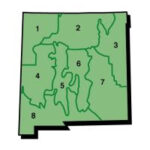Baja California, often whispered about as a surfer’s paradise, holds a certain mystique. My own experiences south of the border have been a mixed bag, from unsettling encounters to moments of pure bliss. I’m Justin Gregory, a surfer based in San Diego, California, and over the years, I’ve lost count of my trips to Northern Baja California, Mexico – a true mecca for right-hand waves.
So, why keep returning to a place that has thrown so much my way? Because beyond the occasional trouble, Baja has delivered perfect, uncrowded waves, warm welcomes from locals, incredible food, and unforgettable friendships. Once, a bar owner even entrusted me with closing up shop in exchange for a free night’s stay – a testament to the unexpected hospitality you can find.
Despite my extensive Baja travels, I never envisioned myself as the person to write a definitive guide to surfing Northern Baja California, Mexico. While I’m critical of media portrayals of Mexico, I also recognize that some of the negative press has inadvertently kept crowds away from my favorite surf spots.
The “old me” might have even joked about supporting a border wall, solely to keep California surfers away from those pristine, empty lineups.
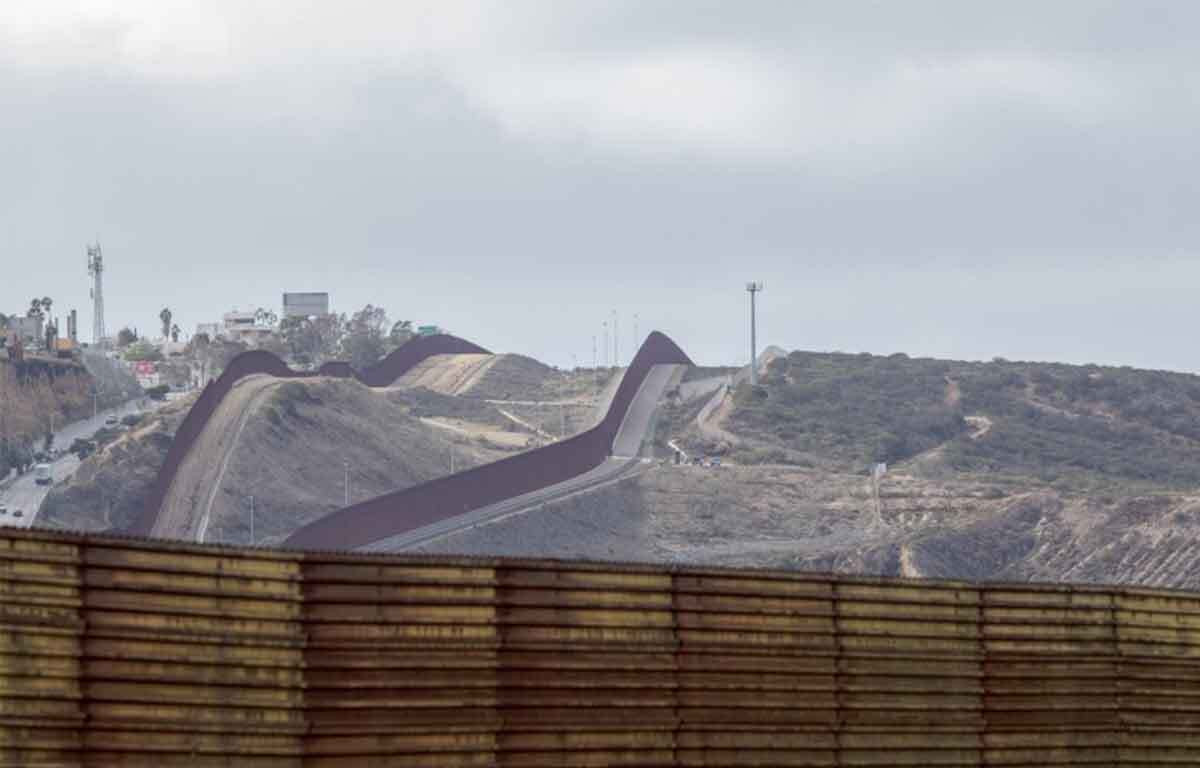 The Border Wall Separating Tijuana From South County San Diego
The Border Wall Separating Tijuana From South County San Diego
However, years of Baja adventures have changed my perspective. My appreciation for this incredible place wouldn’t be genuine if I didn’t share the knowledge I’ve gained. More importantly, there are crucial things anyone venturing into Baja needs to understand. Lack of preparation and awareness can lead to dangerous situations, even life-threatening ones.
Let’s be clear, I’m no saint. Many of the lessons in this guide were learned the hard way, through my own mistakes. I’ve just been fortunate enough to learn from them and keep going back.
Before We Dive In, A Word of Caution for Aspiring Mexico Surfers
If you’re expecting a neatly packaged itinerary with a list of secret surf spots, you’re in the wrong place. The last thing I want is to paddle out on my next trip and wonder, “Who’s the one who blew up this spot?” – only to realize it was me. I’m not looking to become a target for localism within the surfing community.
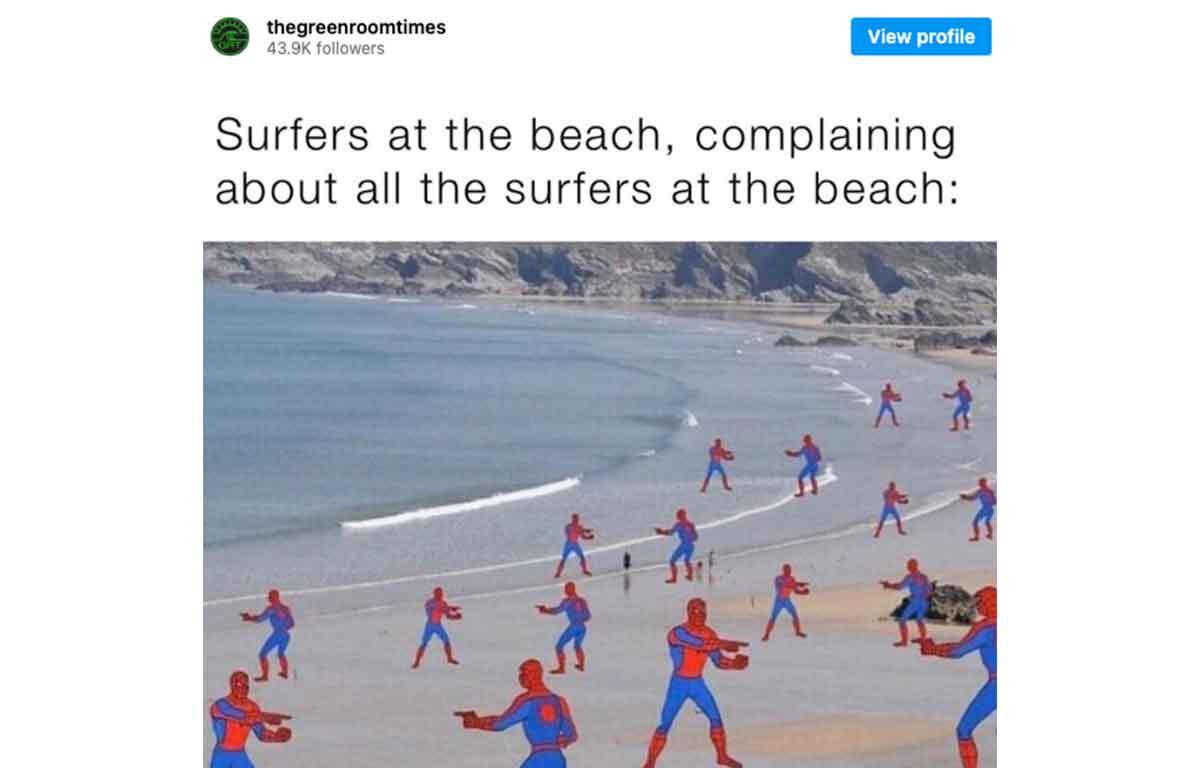 Meme depicting too many surfers on a beach
Meme depicting too many surfers on a beach
Let’s be honest: you don’t need a guide to find surf spots. Anyone with an internet connection can use Surfline and see all the mainstream locations. But I’m telling you, there’s a much better approach. It leads to more fun, greater adventure, and you might just discover the best wave of your life.
Stick with me, and I’ll break it all down.
This guide for Mexico Surfers will cover:
Disclaimer: This isn’t a casual “ask your buddy for recommendations” guide, nor is it a fluffy “top ten things to do in Baja” list. This is a compilation of hard-earned knowledge from years of surfing Northern Baja. You won’t find this level of detail elsewhere. Everything here is essential – nothing crucial has been left out.
Scared of Mexico? Maybe You Should Stay Home (For Some)
Mexico’s political climate often paints it as a dangerous, lawless place where foreigners are targets. I understand this perception; I held it myself for a long time.
My perspective shifted after spending a day in Tijuana with my friend Cecilia, a Tijuana native whose father was a politically connected attorney. She grew up understanding the realities of the system there.
I was young and impressionable at the time, and I seized the chance to learn from her. She didn’t sugarcoat the cartel violence or the corrupt cops who prey on tourists. She acknowledged these realities, but she also shared a crucial insight:
“In Mexico, if you go looking for trouble, you WILL find it. Trouble will find you. But if you’re responsible, Mexico will treat you like royalty.”
Years and countless Baja trips later, this statement rings truer than ever.
Let’s define “looking for trouble,” because some people attract it unknowingly.
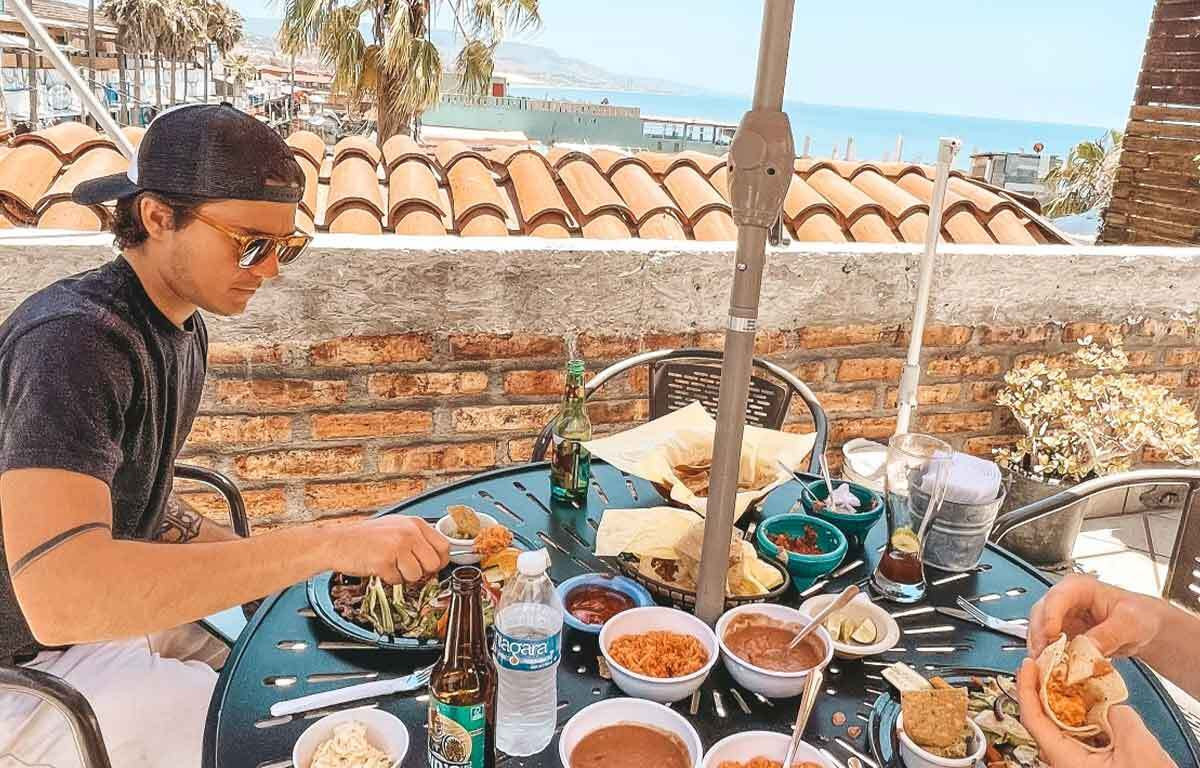 Surfers enjoying lobster in Puerto Nuevo, Baja California, Mexico
Surfers enjoying lobster in Puerto Nuevo, Baja California, Mexico
Looking for trouble can mean breaking the law (which differs from US laws), drawing negative attention, any attention at all, or being blindly naive. There’s a reason US security personnel receive briefings before entering new countries. Crossing the border means entering a world with different rules, cultures, expectations, and consequences. You’ll understand the gravity of this later.
Thankfully, Mexico isn’t as perilous as some destinations, and 95% of what you need to know is in this guide. Every issue I’ve faced in Baja stemmed from my own missteps, often unintentional. Understanding this philosophy is key. It will also reframe those sensationalized “horror stories” you hear.
If your idea of a night out often resembles a scene from The Hangover, proceed with caution in Mexico. You might wake up in a cockfighting ring, wallet and phone gone, wondering where your friends disappeared to. Or worse, you could become a target for those seeking to exploit your foolishness.
Staying out extremely late, getting excessively drunk, flashing cash, buying drugs, or disrespecting locals are sure ways to:
- Create a memorable (but potentially regrettable) story.
- Find yourself in a risky situation.
- Become the subject of a tragic news headline.
If you’re easily angered, prone to arguments, unwilling to let minor issues slide, can’t handle alcohol, or resort to violence, Baja isn’t for you. If you’re unable or unwilling to adapt to other cultures, too lazy or naive to learn about your destination, you should reconsider a Baja trip. If you rely on others to solve your problems, bail you out, or lack resourcefulness, either travel with experienced companions or think twice about going to Baja.
For everyone else, the holy land of waves awaits.
Baja Essentials: Pack Smart, Leave the Rest Behind
Travel styles vary. Some meticulously list and double-check everything, packing for every contingency. Others barely grab their wallets and head out. Packing for Baja shouldn’t be stressful – don’t overthink it. Anything you might need is likely available there. Focus less on what to bring and more on what not to bring.
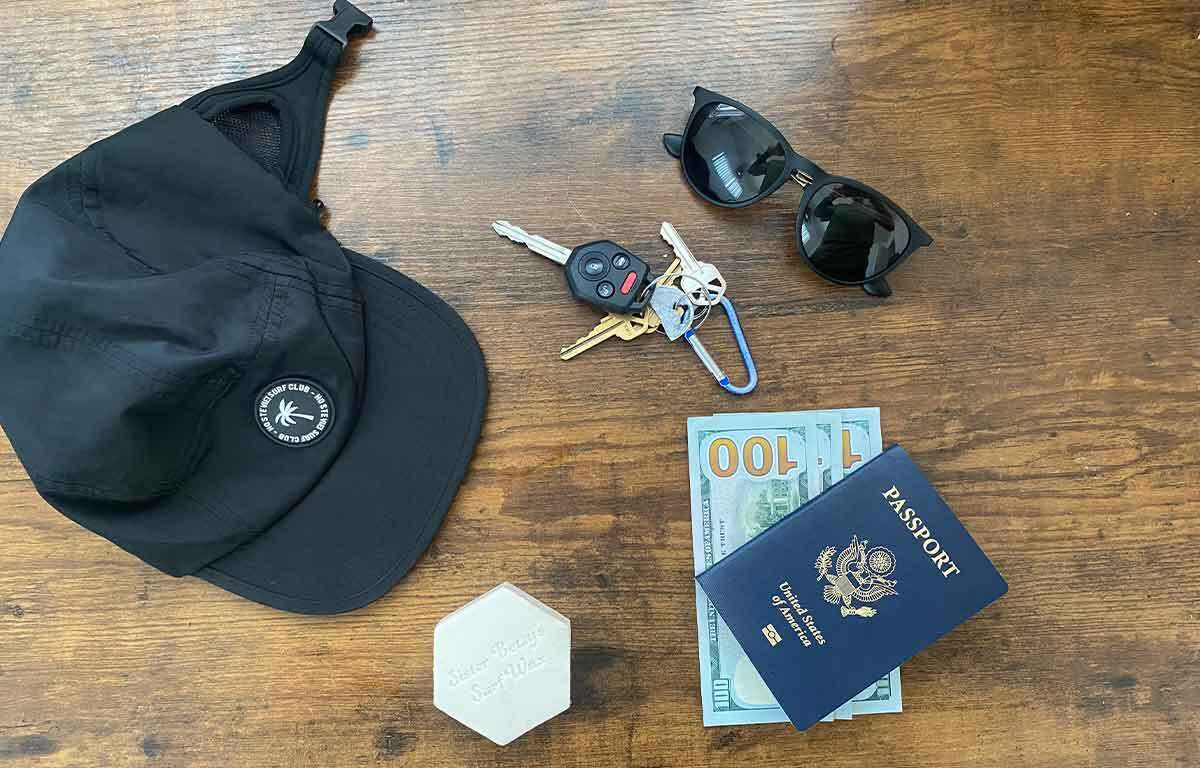 Packing essentials for a Mexico surf trip
Packing essentials for a Mexico surf trip
Passport is a must. Obvious, I know. But I’ve seen people make surprising mistakes, so it’s worth stating. While an enhanced driver’s license can work for Mexico and Canada, a passport is universally accepted and recommended. Mexican authorities generally don’t check documents upon entry; it’s upon re-entering the US that you’ll need your paperwork ready.
Cash is king. In Mexico, everything is negotiable, and cash is the preferred currency. For a day trip, I usually bring around $200. You can easily have a great 24 hours in Baja for under $200. Having emergency cash is always wise. As a friend once told me, “$20 moves mountains down here.”
Bring cash and maybe a credit card or two, but leave debit cards at home. If your wallet is stolen, a vendor overcharges you, or you face a corrupt official at an ATM, credit card companies are far easier to deal with regarding chargebacks for fraudulent charges. Debit card recovery can be much more complicated. Credit cards are generally safe in reputable restaurants and stores. I’ve used my AMEX card countless times without issues and recommend a card with no international transaction fees.
Pro Tip: Avoid Mexican ATMs unless absolutely necessary. Their service fees are surprisingly high, and the Spanish language prompts can be confusing, especially after a few beers. I’ve seen friends charged $10 fees to withdraw just $15 due to language barriers. I always stop at a 7/11 in San Diego and use their ATM for cash on my way south. 👍🏼
Start with a full tank of gas. Mexican gas stations offer cheaper gas per liter, but I’ve noticed a slight performance difference in my car when using it. It’s likely not a major issue, especially for robust vehicles like older Toyotas. I prefer filling up in the US, but if needed in Mexico, I opt for premium gasoline.
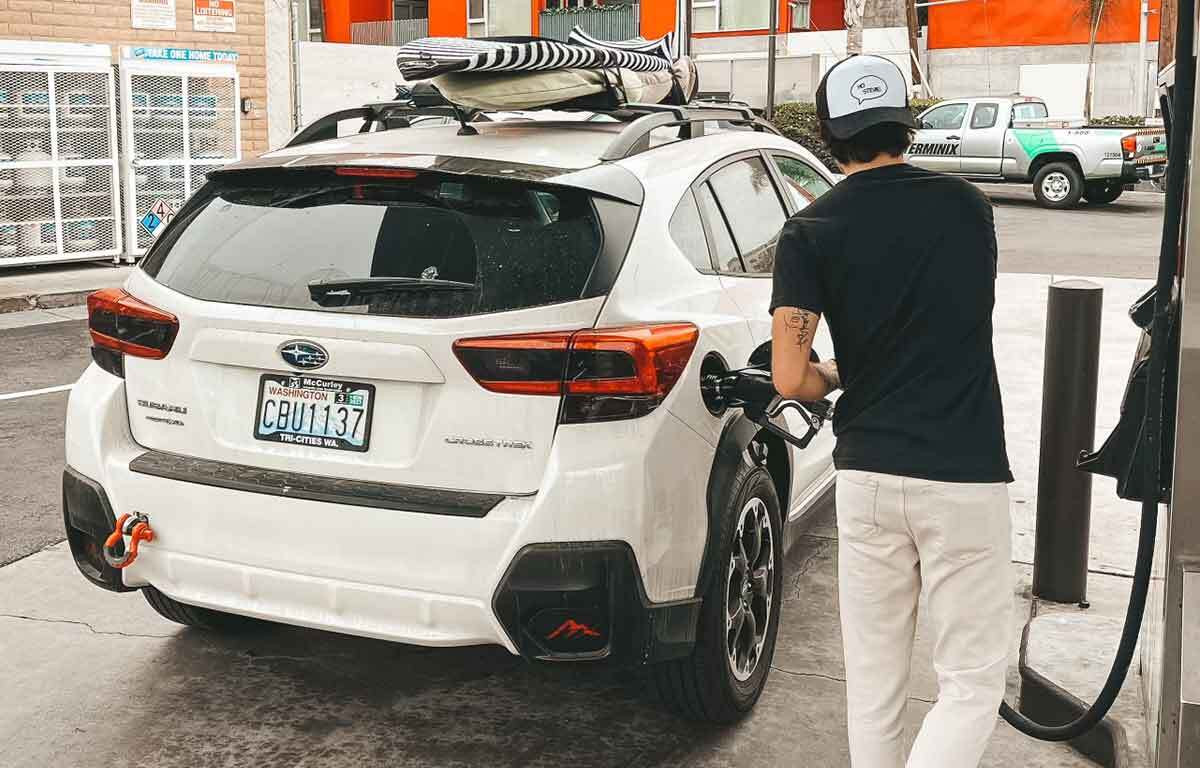 Filling up a car with gas before crossing into Mexico
Filling up a car with gas before crossing into Mexico
Non-essential items I recommend bringing (besides surf gear):
- Spare car key
- Extra clothes (for dirt, or an overnight stay)
- Secondary ID (besides passport/enhanced license)
- Tool kit
- Jumper cables
- Headlamp
- Ding repair kit
- Machete/hatchet (if camping), plus camping gear
Many advise getting Mexican car insurance before driving south. While I’ve sometimes driven without it (not a smart move), I strongly recommend temporary international insurance, particularly for longer trips. Car accidents in Mexico can be complicated, and insurance provides crucial protection.
Absolutely do NOT bring drugs or firearms into Mexico. Both are highly illegal, and penalties are severe. Unless you want to experience a TJ jail, leave your Second Amendment rights at home.
See the following section for currency exchange and cost breakdowns to estimate your budget. Remember, Mexico is like Vegas – cash tends to vanish. My “emergency” funds often become “more beers and tacos” money.
Affordability for Mexico Surfers
When paying with US dollars in cash, change will be given in Mexican pesos. The current exchange rate is roughly $1 USD = $18 Mexican Pesos. For simplicity, I and many others round up to $1 = $20 pesos.
Pro Tip: When receiving change, discreetly count it to ensure accuracy, especially with street vendors and small markets.
Here’s a general price guide for common expenses in Mexico:
- Six-pack of domestic beer: $5 USD
- Gas: $4 USD/gallon
- Lobster dinner in Puerto Nuevo: $25 USD
- Street tacos (plate): $4-$6 USD
- Hotel room (ocean view): $80-$120 USD/night
With packing and budget covered, let’s discuss driving in Baja, the most common way for surfers to explore.
The Realities of Driving in Baja California, Mexico
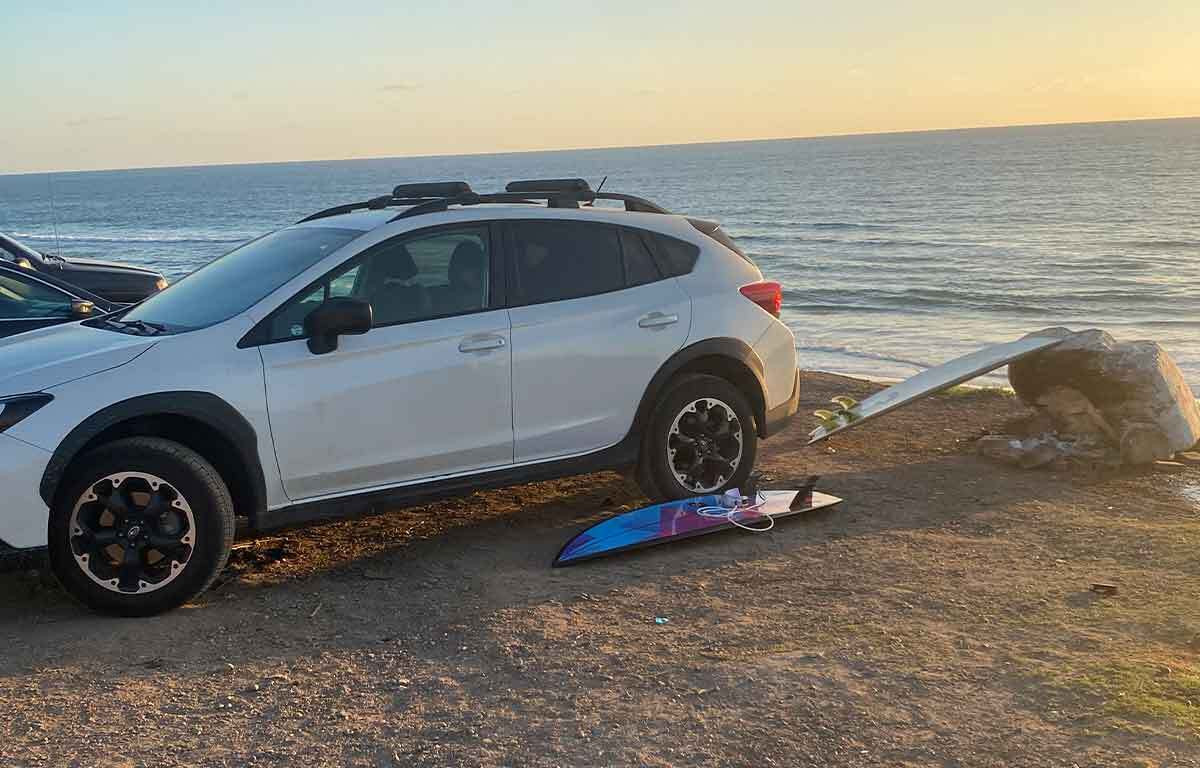 Driving along the coast in Baja California, Mexico
Driving along the coast in Baja California, Mexico
Only once have I avoided driving my own car into Mexico. It was my first solo Baja trip, and thinking “safe,” I opted for a Tijuana taxi… Big mistake.
Crossing the border on foot, I hailed a beat-up, rusty taxi that screeched to a halt. Opening the door, I saw the dashboard lit up with every warning light imaginable. The driver, “Pinche,” seemed friendly, but only after buckling up did I realize he had one arm – and that arm had only a thumb and pinky finger remaining, permanently stuck in a shaka. 🤙🏽
Speechless, I couldn’t believe this man was a taxi driver. But it got even wilder. Pinche started driving with his knee, using his claw-like hand to shift gears in the stick-shift car.
At this point, I was freaking out, watching him navigate chaotic Tijuana traffic. Then, his phone rang.
PINCHE ANSWERED IT!
With his phone wedged between cheek and shoulder, knee-steering, semi-intact arm shifting gears, in a car seemingly salvaged from a war zone, I realized I was no longer in San Diego. Sensing my panic, he paused his rapid-fire conversation to offer me a cigarette. I politely pocketed it, but he insisted I smoke it in the car, pointing to the dashboard and muttering, “It’s a Honda.”
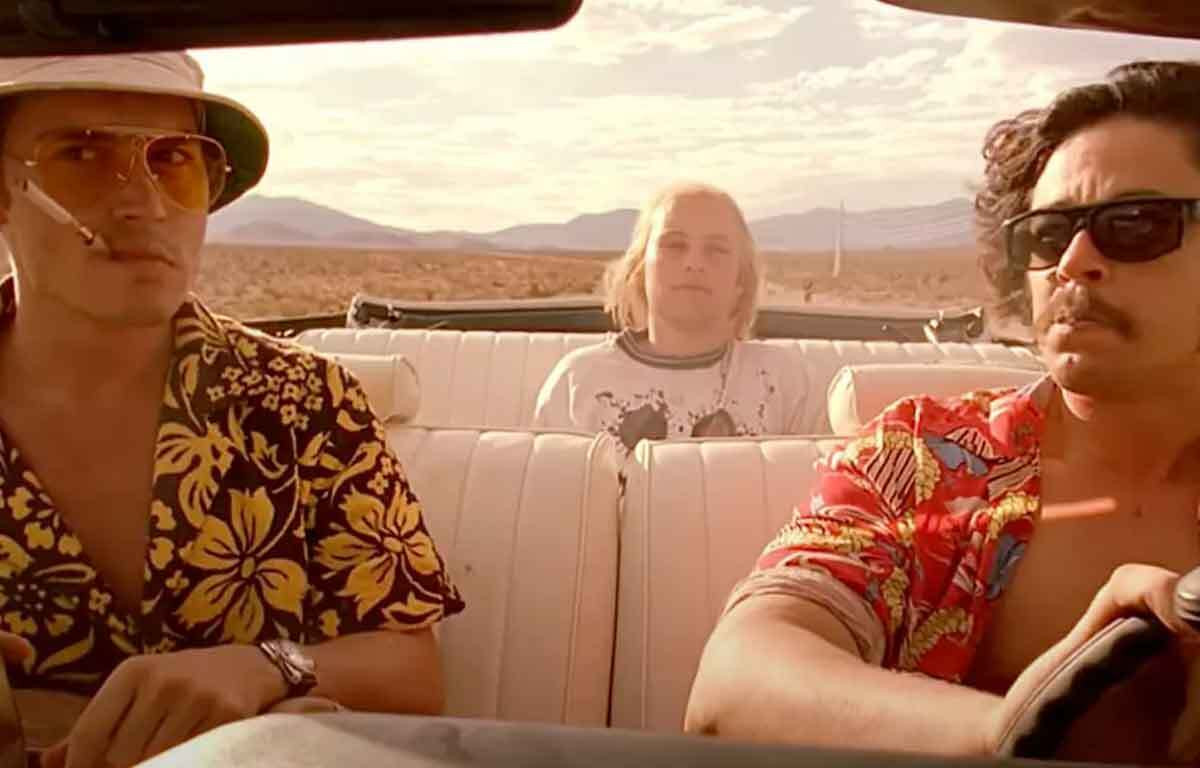 Fear and Loathing in Las Vegas style depiction of a Mexico surf trip gone wild
Fear and Loathing in Las Vegas style depiction of a Mexico surf trip gone wild
As I finished what was likely my first cigarette, we reached the Rosarito exit. Just blocks from my destination, I decided then and there: if I survived this ride, I would drive myself in Mexico from then on.
Before leaving, I asked for his card, thinking it would be hilarious to recommend him to friends visiting Baja, only for them to discover his two-fingered hand and manual transmission.
If you ever meet El Pinche, tell him Justin sent you.
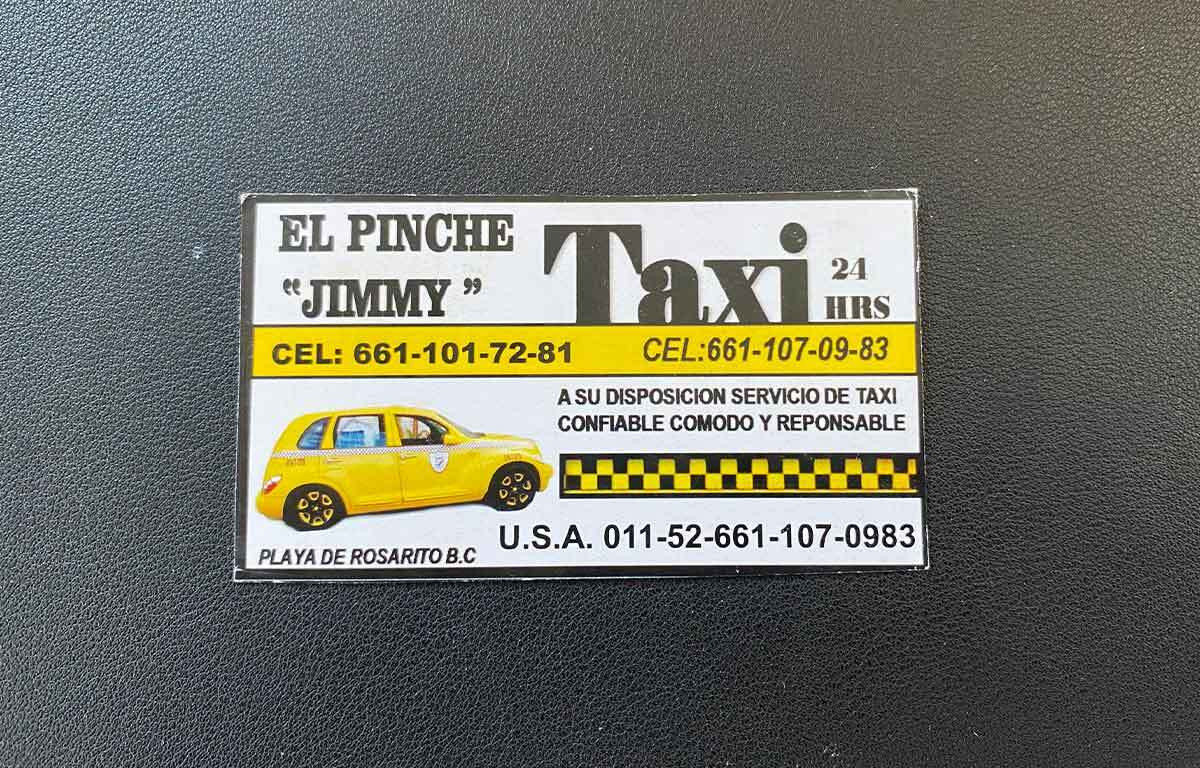 El Pinche's Tijuana Taxi business card
El Pinche's Tijuana Taxi business card
If you choose to drive yourself, you’ll find it’s not drastically different from driving in the US. Any competent driver should manage, especially with a passenger for navigation.
Road conditions in Mexico have improved in recent years. Potholes still appear, but overall, roads are much better than they used to be. Especially closer to Rosarito, focus on “Alto” (Stop) signs. They are often smaller than US stop signs, sometimes just painted on the road. Locals often ignore them, and I’ve missed my share, but be careful at night as police sometimes target tourists for this.
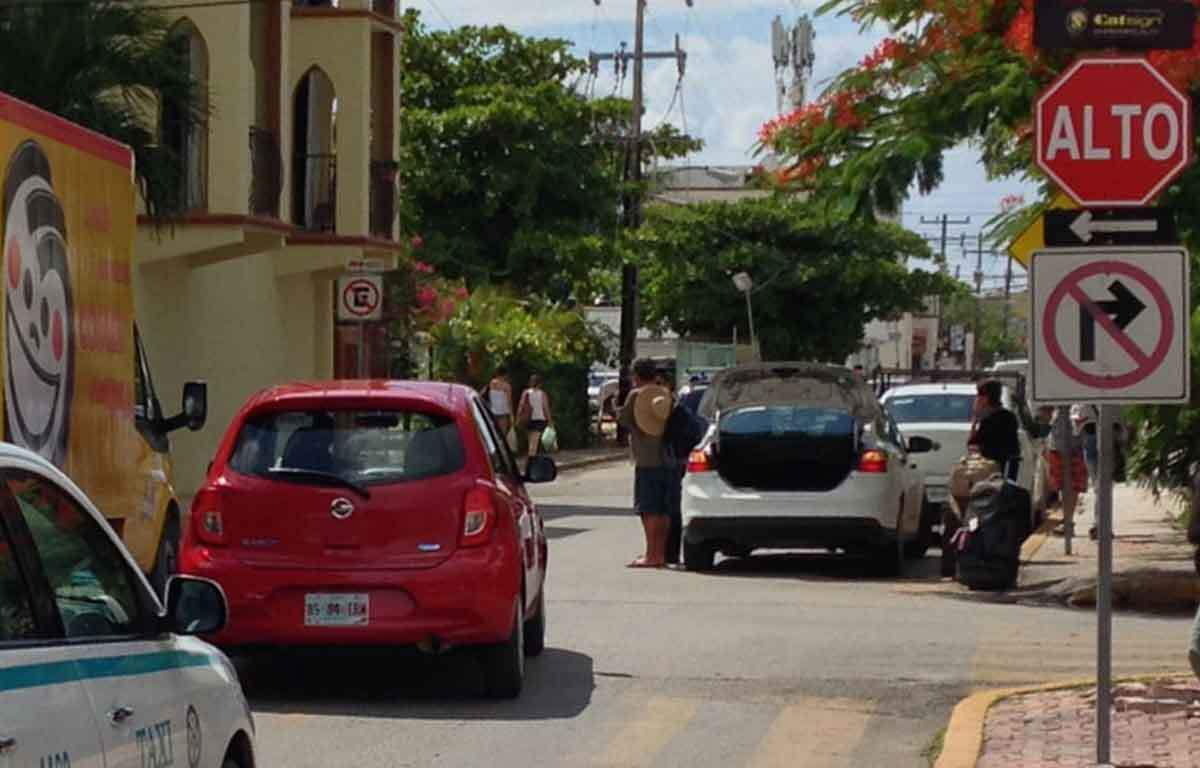 Small 'Alto' (Stop) sign in a Tijuana neighborhood
Small 'Alto' (Stop) sign in a Tijuana neighborhood
Surprisingly, many Mexicans are wealthy, and in areas like Tijuana and Rosarito, seeing nice cars is common, many with California plates. If you drive a car that blends in Southern California, it will likely be fine in northern Baja, in the right areas.
South of Ensenada, you enter a different world. Dirt roads, small fishing villages, lower-income areas, fewer people, empty roads, and less law enforcement presence. Driving a flashy car with foreign plates can attract unwanted attention. Being in the wrong place at the wrong time becomes a real risk. Even seasoned surf travelers are questioning if the reward outweighs the risk.
My goal is to ease your fears and provide knowledge for an amazing Baja experience. I don’t want to spread “horror stories,” but ignoring reality is unwise. Dangers there can be VERY REAL.
I’m not claiming all Mexican police are corrupt. Honestly, most probably aren’t nowadays. But I’ve had my share of negative encounters.
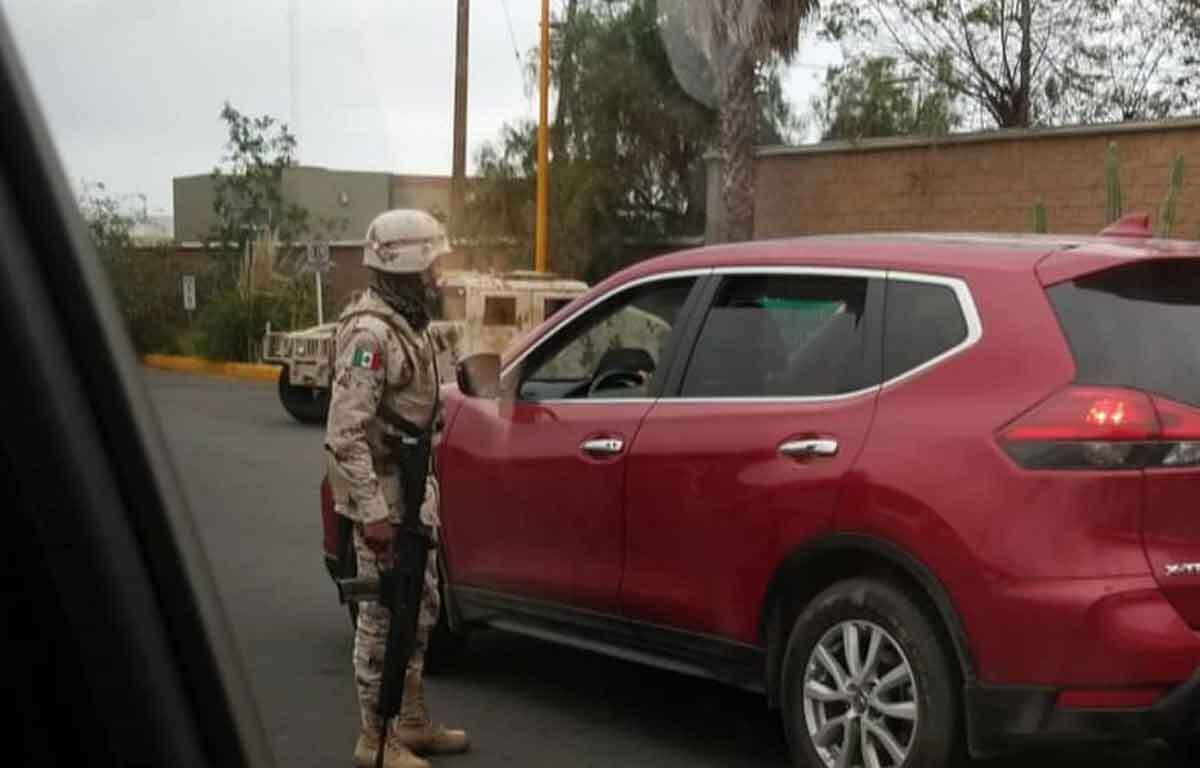 Mexican military police inspecting a vehicle near Rosarito
Mexican military police inspecting a vehicle near Rosarito
If you do encounter a corrupt or even honest police officer, knowing how to handle it is crucial. The following story is my worst police encounter in Mexico, illustrating what NOT to do.
“That’s Right, I Said TAKE ME TO JAIL!”
This incident occurred after my time with Cecilia. Her advice helped, but some lessons are learned through experience.
It was 3:00 AM on a Saturday, driving a friend back to our hotel after a night out in Rosarito (Mistake #1). My car was a beat-up Mazda 3, perfect for Mexican roads. However, it had Washington State plates (Mistake #2).
About a mile from Papas and Beer, a police truck lit us up. It was so sudden, I knew we were in trouble. Anticipating the situation, I told my friend to stay quiet and let me talk. We pulled over, and I told him to hide his wallet cards under his seat, doing the same myself (Lesson #1).
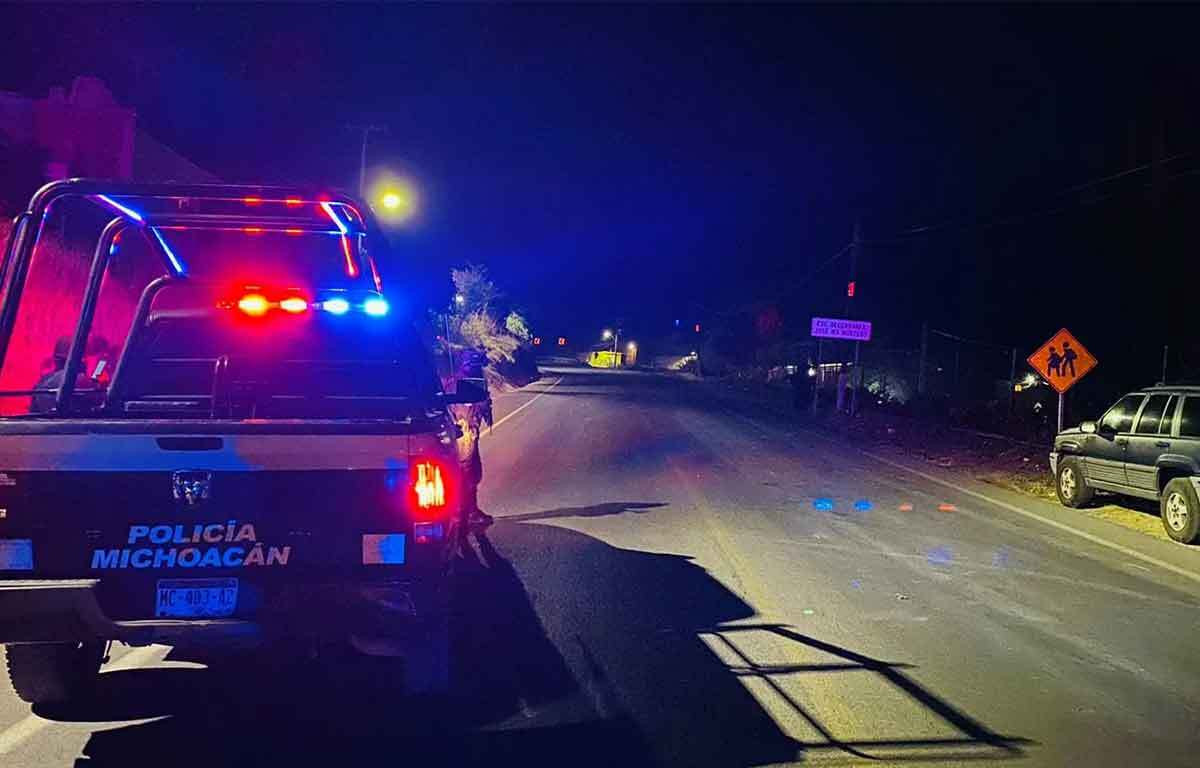 Mexican police truck similar to the one that pulled Justin over
Mexican police truck similar to the one that pulled Justin over
When the officer approached, I had everything prepared as if in the US: interior lights on, keys on the dash with my ID, hands on the wheel. But this officer was different. He was in his late 40s, wearing an Under Armour hoodie, no badge, no firearm, nothing to indicate he was police, and he didn’t speak English.
I thought, “This will be easy” – arrogant (Mistake #3). He stood silently, looking between me and my friend. He was sizing us up. Then, he traced “500” in the dust on my mirror.
“Is this a joke?” I thought. He hadn’t even spoken. My friend looked confused, but I understood. In disbelief, I quickly said, “What!? No.” This surprised him. Before he could respond, I added, “Look, I don’t even have $500.” Pointing to my wallet on the dash, he firmly repeated, “Five hundred.”
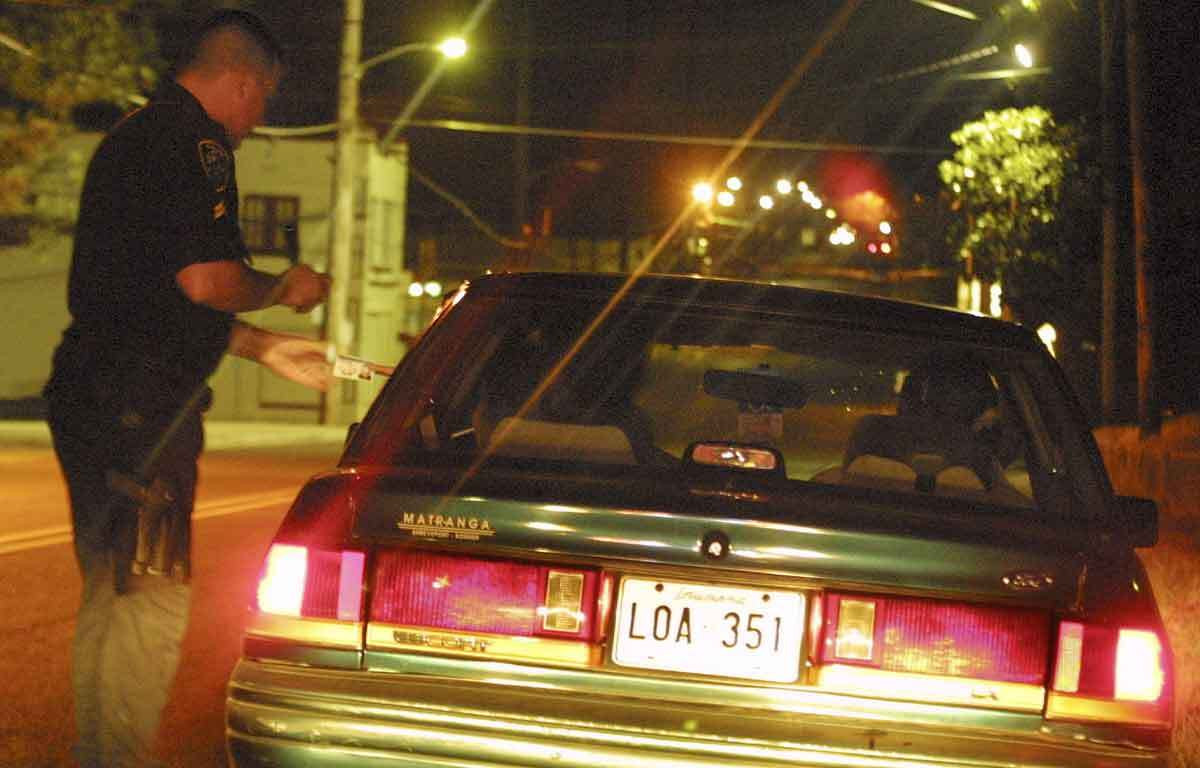 Police traffic stop illustration
Police traffic stop illustration
The following is the exact dialogue:
Me: “What did I do?”
Officer: “You drunk.”
Me: “No, I’m not!”
Officer: “You speeding.”
Me: “Dude, you pulled me over before I even reached the speed limit.”
Officer: “You no stop at stop sign”
Me: “Then write me a ticket or take me to jail.”
Officer: “Okay, I take you to jail.”
The exchange was rapid, only thirty seconds in. Tension was high, and I sensed neither of us knew how it would end. He hesitated, then I repeated, “Then take me to jail,” calling his bluff (Lesson #2). Without a word, he took my wallet, gestured for my friend’s, and walked to his truck.
My friend remained silent. Once the officer was out of earshot, I said, “Don’t worry, he’s not taking us to jail. He’ll take the cash and let us go.” I figured the last thing he expected was an 18-year-old surfer asking to be jailed.
Five minutes passed, longer than expected for a wallet ransacking. I began to think taking our cash might not be his only plan.
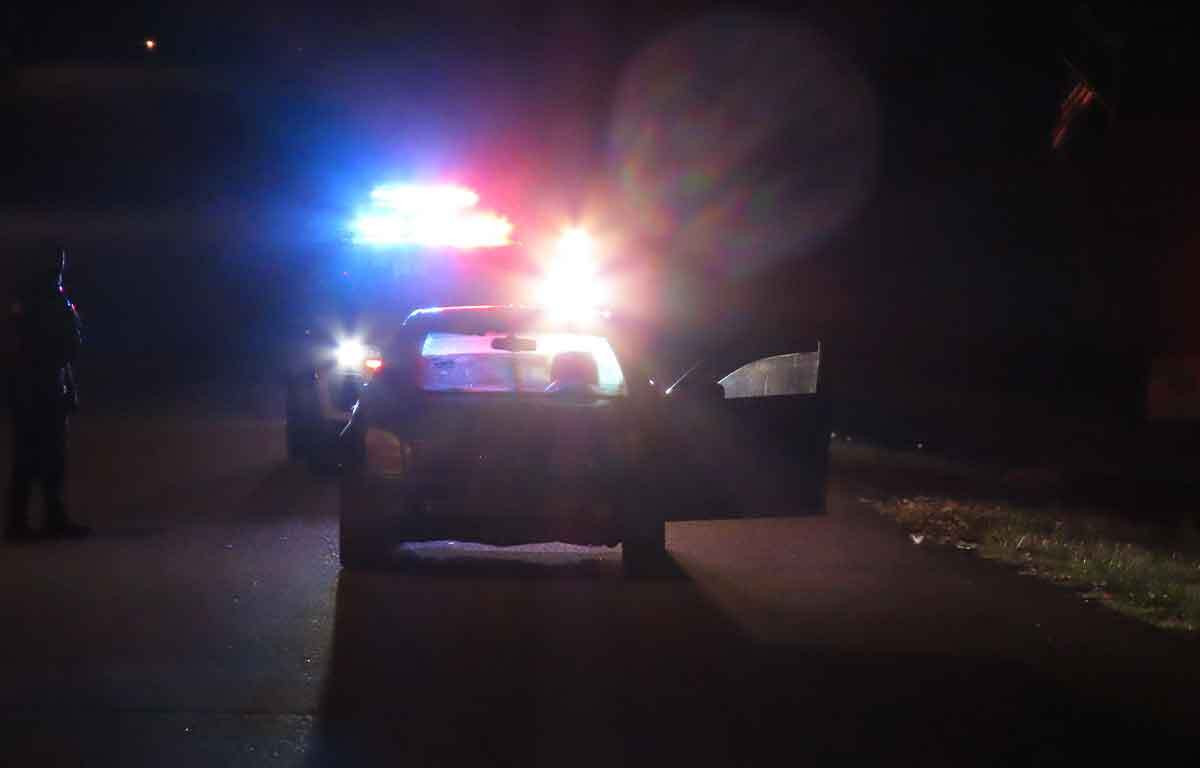 Mexican police officer during a traffic stop
Mexican police officer during a traffic stop
I told my friend to stay cool and try to record when he returned. (Mistake #4 – potentially lethal). He grabbed my phone.
More minutes passed. Then, I saw the officer returning, but it was a different person – larger, in full uniform, carrying a Beretta ARX160. He approached, yelling “Okay!” loudly. Seeing us, he stopped mid-sentence, stepped back.
I looked at my drunk friend – phone flash was on. “Fuck. Put the phone away!” I hissed. He tucked the phone under the seat, but before he could retract his arm, the passenger door ripped open. The original officer was back, grabbing my friend’s shoulder.
I watched him pulled out, seatbelt still fastened. Fight or flight kicked in. My heart raced. Expecting the same, I unbuckled. Instantly, my door ripped open. Hands up, signaling non-threat. The uniformed officer pulled me out.
Just as I thought, “Okay, no beating,” I was slammed onto the hood, hard. No handcuffs, just awkwardly standing there as he rummaged through my pockets, tossing chapstick and change into the street like a POW.
Out of the corner of my eye, my friend was face down on the pavement, similarly searched. The officer finished, grabbing my groin in a clear intimidation tactic. Then, strangely, both officers returned to their truck, U-turned, and drove off.
“What the fuck was that?!” my friend exclaimed, picking himself up. “You good?” I asked. “Yeah, I’m alright…” he replied.
I checked my belongings, gathering scattered items. They’d taken the cash but missed the hidden emergency cash and credit cards.
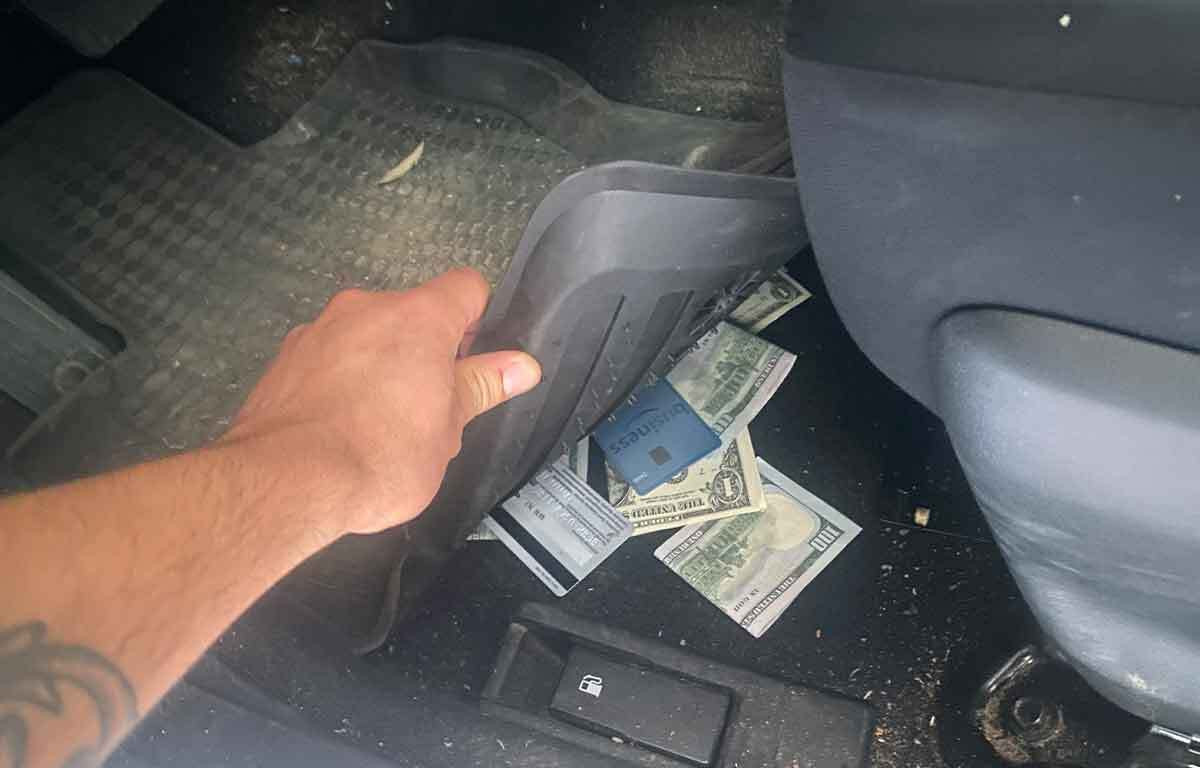 Hidden cash stash for emergencies in Mexico
Hidden cash stash for emergencies in Mexico
Reviewing phone footage, my friend realized the Under Armour officer had stolen his phone. Likely to erase incriminating evidence. But my phone, with the video, was hidden.
My theory: The corrupt officer and a legitimate officer were patrolling for victims. Realizing I wasn’t playing their game, they returned, intending to intimidate us and return wallets (minus cash), then let us go. However, the phone flash, signaling recording, escalated things, forcing them to steal phones and anything else to cover their tracks.
Mistakes and Lessons Learned:
I’m not proud of my handling of this. I believe I’d manage it better now. Many errors were made, but some things were done right.
Mistake #1: Driving at 3:00 AM is risky, even sober and close to the hotel. Late-night driving, especially between midnight and 4 AM, is dangerous anywhere, particularly in Mexico. For late-night transport, use a taxi. Ask your server, bartender, or hotel for a reputable taxi.
Pro Tip: Locals are well-connected and usually know someone reliable for rides, or a taxi is usually nearby, even if unseen.
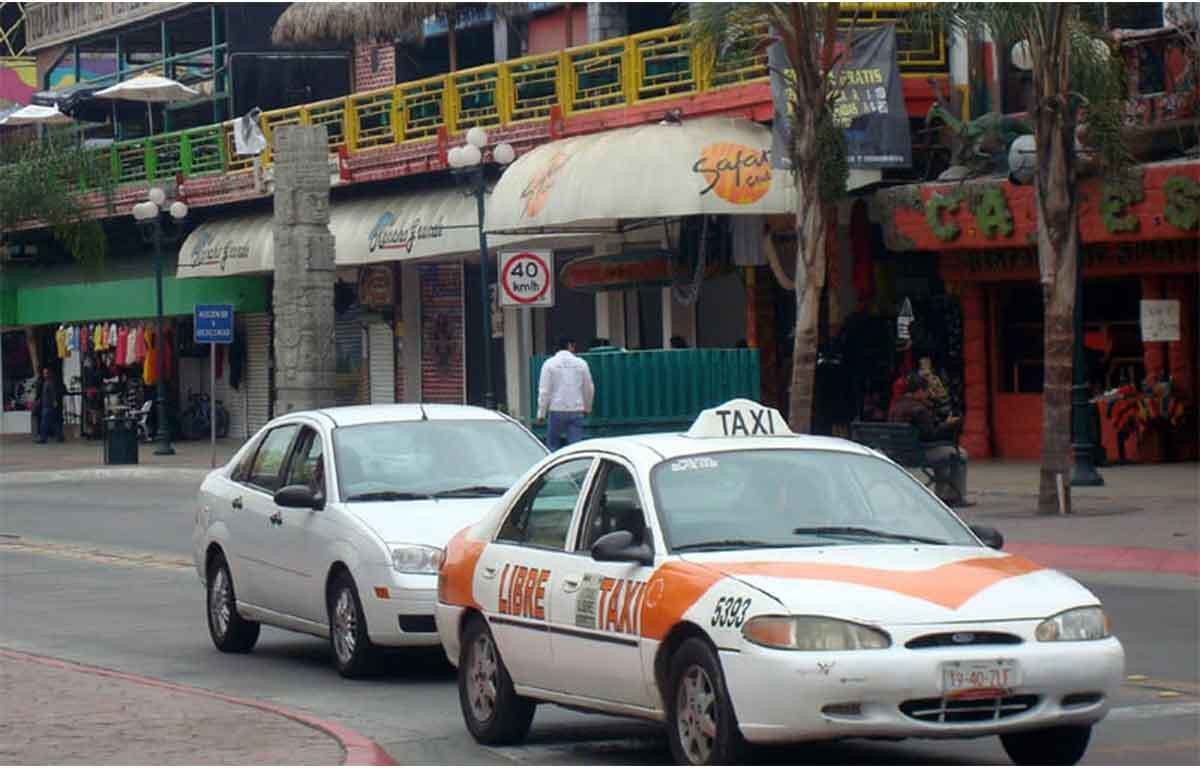 Tijuana Taxi with a driver wearing a cap
Tijuana Taxi with a driver wearing a cap
Mistake #2: Washington plates, combined with 3 AM driving, made us easy targets. Non-California plates are generally okay, but avoid being the only car on the road late at night. (PS: I still have Washington plates and have traveled to Baja dozens of times since with no issues).
Mistake #3: Confidence is good, but my nonchalant attitude surprised the officer. When dealing with Baja police, be knowledgeable but let them feel in control. Don’t challenge their ego. FBI negotiator Chris Voss says, “The art of negotiation is letting the other person have your way.” Explaining I didn’t have $500 and knew I wasn’t doing anything wrong, might have resulted in a small “toll” or “gringo tax” instead.
Mistake #4: Telling my friend to record was incredibly foolish. This likely escalated the situation. Many law enforcement officers, especially in Mexico, conceal their identities, even wearing face coverings in heat. Filming them, like at a protest, is unwise. Just don’t do it.
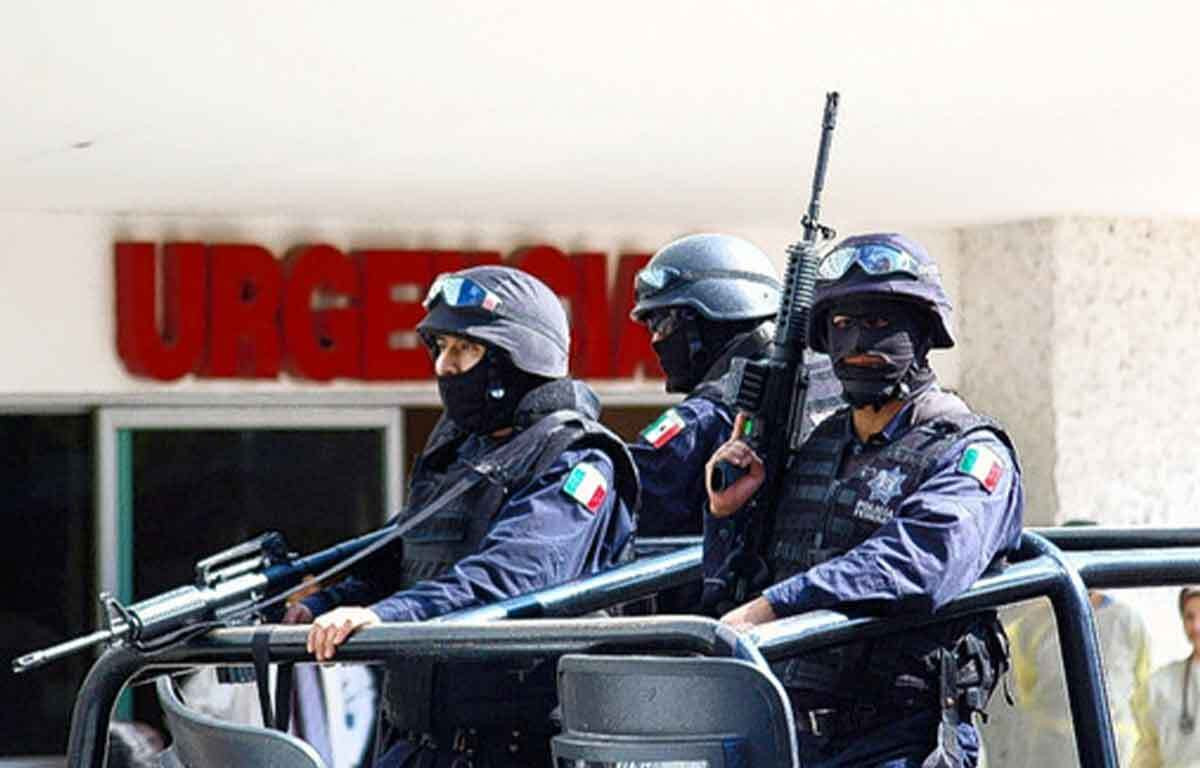 Mexican military police officer
Mexican military police officer
Lesson #1: Hiding cash and credit cards saved us hundreds, possibly thousands, if they’d forced us to an ATM. Now in Baja, I carry max $40 and one credit card in my wallet. If robbed, I’ll hand over my wallet, acting dumb and scared, letting them think they got everything while keeping backup funds hidden.
Lesson #2: Many think I’m crazy for asking to be jailed. But understanding the extortion scam is key to avoiding it. Extortion is wrong, even in Mexico. If an officer refuses a small bribe and tries to extort you falsely, requesting a ticket or jail can be a strategic move if said correctly.
They generally can’t easily do either. They want money, not paperwork or station hassle. Bringing an American to the station raises red flags. Requesting a ticket or jail calls their bluff without being confrontational. When they say, “No ticket, just pay me now,” show a wallet with only $10 or so (cards hidden). They might take the decoy cash, and you avoid a major problem.
This may seem complex, but if you avoid “looking for trouble,” as I did, the odds of this happening are very low.
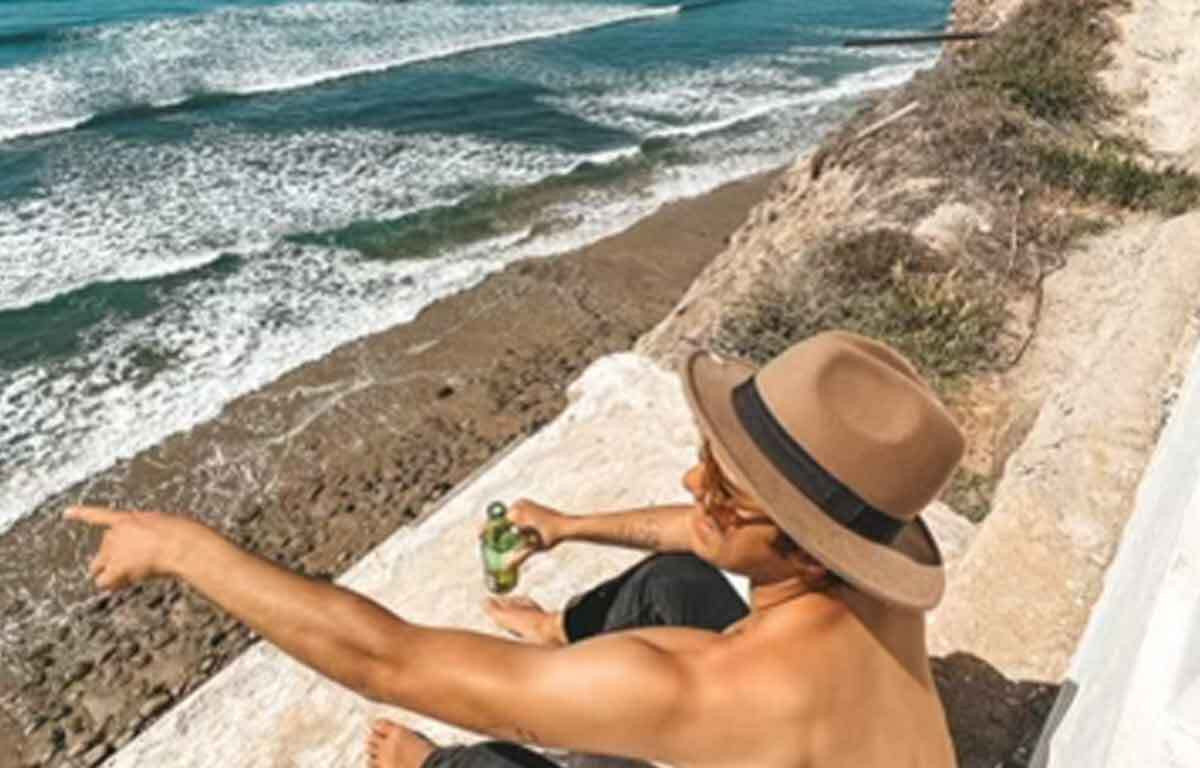 Surfers checking waves near Primo Tapia, Baja California, Mexico
Surfers checking waves near Primo Tapia, Baja California, Mexico
Modern Realities and New Dangers for Mexico Surfers in Baja
My police encounter is less common now. Mexico has changed in the last decade, with fewer reports of police targeting tourists. Local leaders understand good US relations are vital for their economy. The message is likely passed down: “Don’t mess with innocent gringos.” Even cartels have a gentlemen’s agreement not to harm or rob tourists – a drop in tourism hurts everyone.
Occasionally, rogue cartel members or thugs rob, harm, or kill tourists perceived as wealthy. In such cases, cartels often punish the perpetrator, either killing them or handing them to authorities to avoid further US attention. Sometimes, innocent “fall guys” are offered up to authorities to appease US pressure.
Is Camping in Baja Safe for Mexico Surfers?
 Camping setup in Baja California, Mexico
Camping setup in Baja California, Mexico
The real answer is it depends. More rural areas are generally safer and friendlier, but towns offer the security of witnesses. Northern Baja remains a drug trafficking route, with criminals who don’t want you in their way.
Designated, popular campsites with other campers are generally safer. If you have modest gear, no tempting valuables, you’re likely safe. Rural camping with Spanish language skills also increases safety.
But safety is never guaranteed. In a worst-case scenario, if robbed, surrender belongings without resistance. Never fight Mexican criminals physically. No possessions are worth your life. Someone values you more than your truck or gear.
The surfing world was shaken in May 2024 when three young surfers (two Australians, one American) died trying to save their truck at a campsite south of Ensenada – a site I’ve visited alone.
Personally, I’m hesitant to camp there again after this tragedy. Unless in a large group or staying in populated areas, I’ll likely choose Airbnb or hotels over camping. This news may significantly impact Northern Baja tourism for years.
Are Cartels REALLY That Dangerous to Mexico Surfers?
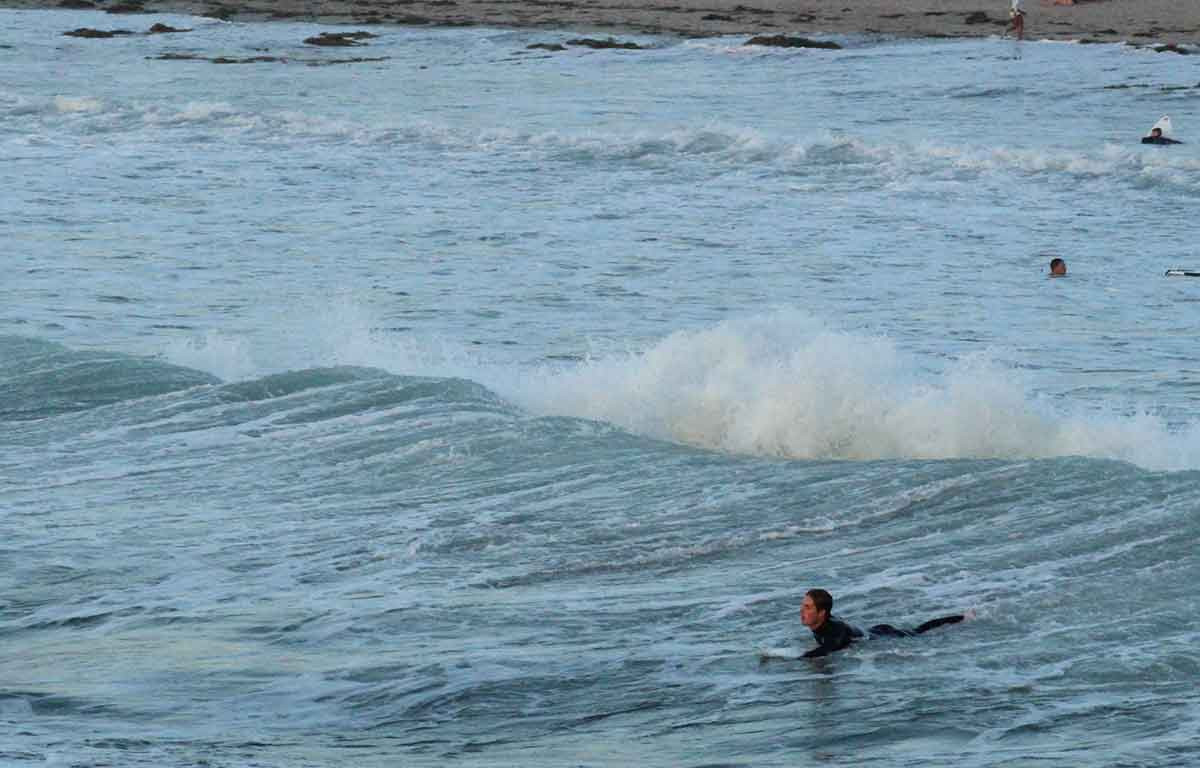 Surfer paddling out in Baja California, Mexico
Surfer paddling out in Baja California, Mexico
The idea that “cartels indiscriminately kill everyone” is untrue. They primarily want to steal your belongings, not kill you. Don’t give them a reason to kill you, and avoid situations where you might encounter them.
DON’T drive empty roads at night, especially in nice cars or trucks. Armed bandits and cartels sometimes set up “checkpoints” or “toll booths” on dark Mexican roads. If you encounter one, don’t panic or flee. Usually, paying them whatever cash you have will suffice.
Negotiate prices. Haggling is expected. Politely and reasonably negotiate prices down. Welcome to the “gringo tax.” Cartels don’t want to kill you; bandits want money. Accept the risk, give them what they want, and move on. Or, follow this guide and likely never encounter them.
Peace Offerings & Tips for Getting Out of a Pinch in Mexico
Cash and cerveza (beer). You don’t need both, but one is recommended.
New countries bring uncertainties. Flat tires or getting lost can quickly become stressful. Coming from a Mexican family, I know the culture is empathetic and resourceful.
Be someone worth helping! I’ve gifted beers for jumper cables, firewood, directions, or car-watching while surfing. Baja has a strong drinking culture. Beer is cheap, and offering some to people you meet builds rapport.
Cash is also currency. Even with beer, have cash for emergencies. “Beer and Beer Money” are valuable currencies in Baja.
Tacos & Seafood for Hungry Mexico Surfers
Hellen Keller could find amazing Mexican food in Baja. You can’t go wrong. If you have a sensitive stomach or want maximum safety, avoid street vendors.
Coastal recommendations:
Carnitas La Flor de Michoacan #2, Rosarito. Price: $, Quality: ★★★★☆. Great for tacos or breakfast. Cheap and delicious, with a menu for picky eaters.
Any Restaurant in Puerto Nuevo. Price: $$-$$, Quality: ★★★★★. “Lobster Village.” Amazing seafood with ocean views. Restaurants will swarm your car upon arrival. Drive to the end, request a rooftop ocean-view table. You’re welcome.
K38 Taco Surf, Rosarito. Price: $ (Cash only), Quality: ★★★★☆. Iconic surfer spot. Best tacos ever. Grab beers next door, order tacos by finger count, chat with surfers.
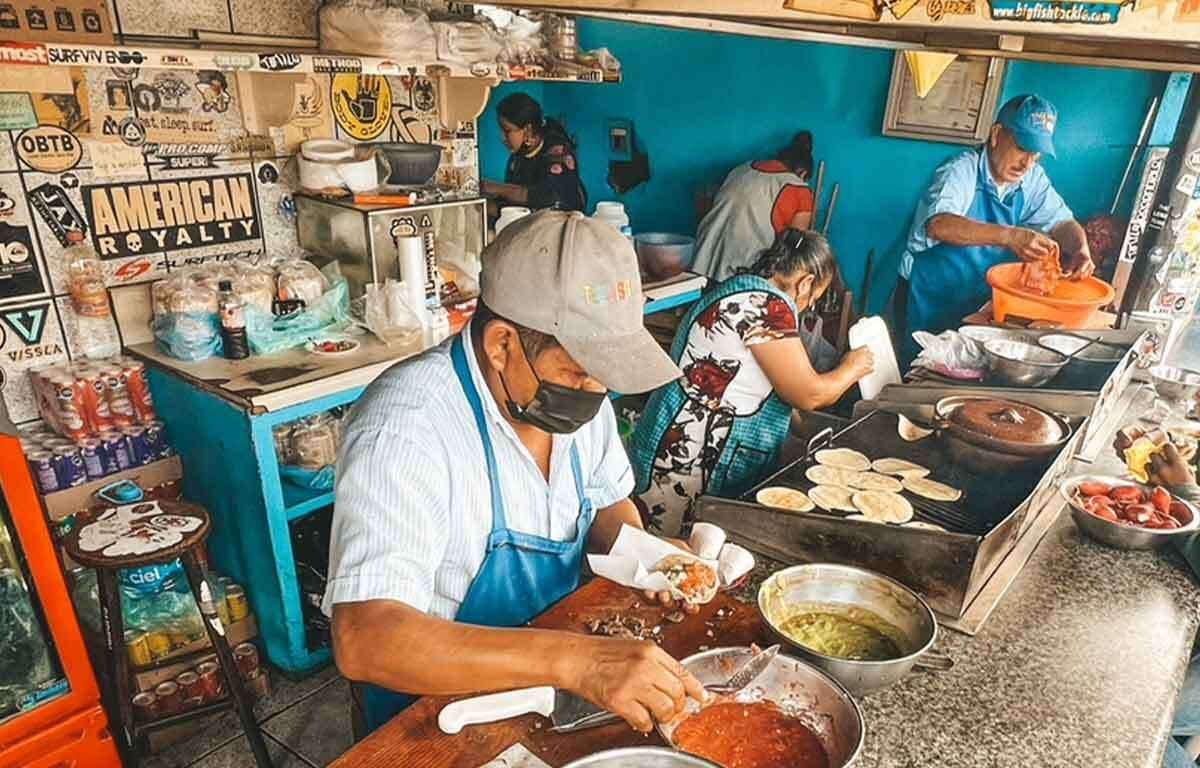 Taco Surf restaurant in Baja California, Mexico
Taco Surf restaurant in Baja California, Mexico
For sit-down vibes, Sin Fronteras Brewery is two doors down. American prices, but great weekend hangout after surfing. For live music, check out Beloved Baja at Sin Fronteras and La Palapa Beach at The Lighthouse on weekends.
Surf Quality & Conditions for Mexico Surfers
Baja waves are often a couple feet bigger and colder than San Diego. Even in summer, bring a full wetsuit just in case. Northern Baja offers point breaks, fast reef breaks, and mellow beach breaks. A dream for regular foot surfers, but goofy footers can find lefts in the right spots.
Avoid surfing north of Rosarito due to sewage runoff from Tijuana. If there’s been rain in the past week, avoid surfing altogether.
My Baja surf strategy: check the report the night before, choose spots of interest. Head to the best option first, then drive along Federal Highway 1 along the coast past Rosarito. Countless unnamed breaks are visible from the highway. If a wave looks good, pull over and find a way down! I’ve scored amazing uncrowded waves countless times this way.
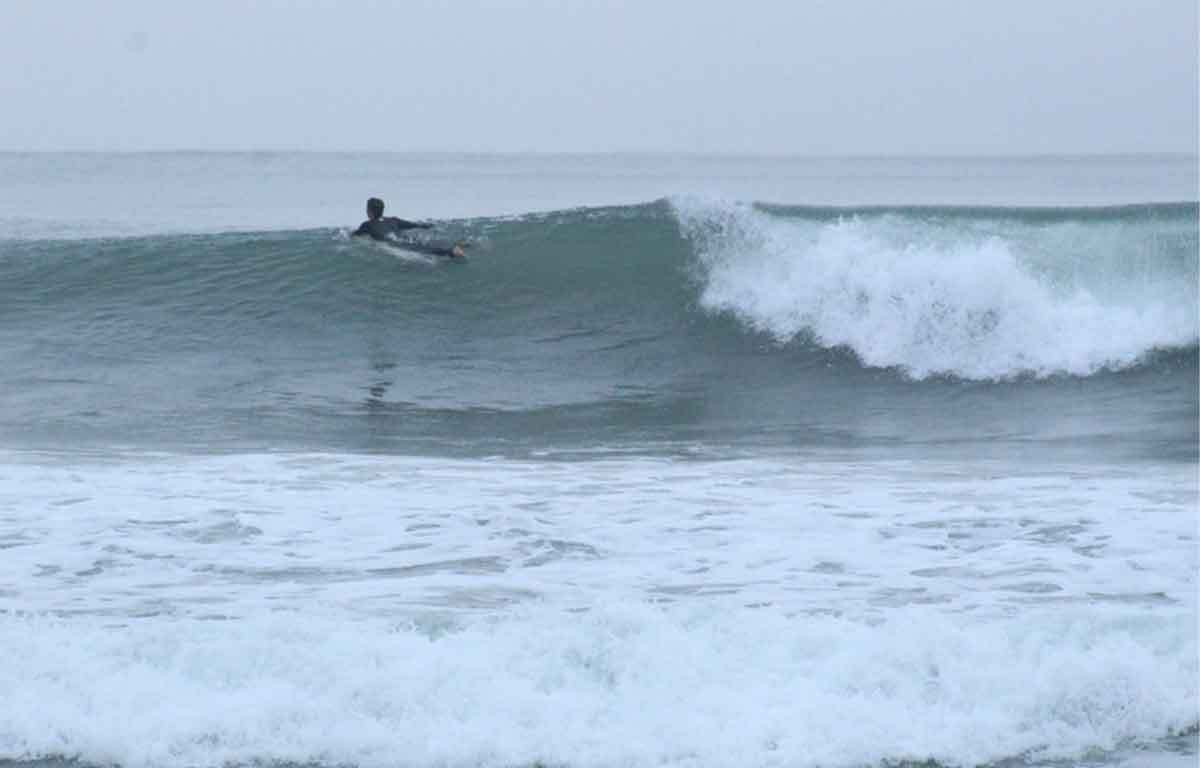 Surfer catching a wave in Baja California, Mexico
Surfer catching a wave in Baja California, Mexico
Look for new spots every trip. Soon you’ll have a list of great options. There’s pride in discovering new surf spots, echoing surfing’s early days, a rare experience now. I could list spots, but I’d rather empower you to find your own. For the easy route, just use Surfline maps.
Best Places to Stay Overnight for Mexico Surfers in Northern Baja
Most of my Baja trips are day trips from San Diego. But for multi-day trips, many great overnight options exist. Airbnb has countless choices, but here are a few hotel recommendations:
Las Rocas Resort and Spa, El Descanso. Price: $- $$, Quality: ★★★★☆. Ocean view rooms from ~$80, two margaritas with your key, breakfast included. 5 minutes from great surf and food. My usual first choice, but reservations needed in summer.
Alisitos K58 Surf Point Campground, Ensenada. Price: $10/night, Quality: ★★★★★. One of my favorite car camping spots ever. $10/night (often no one collecting fees). Overlooks a fun beach break, walking distance to restaurants and bars. Great vibe, meet cool surfers and locals.
Casa Playa Baja, Primo Tapia. Price: $$, Quality: ★★★★★. Beachfront, lesser-known gem. Perfect for solo surfers or large groups. Hosted a 40-person gathering here. Amazing staff, catering to every need.
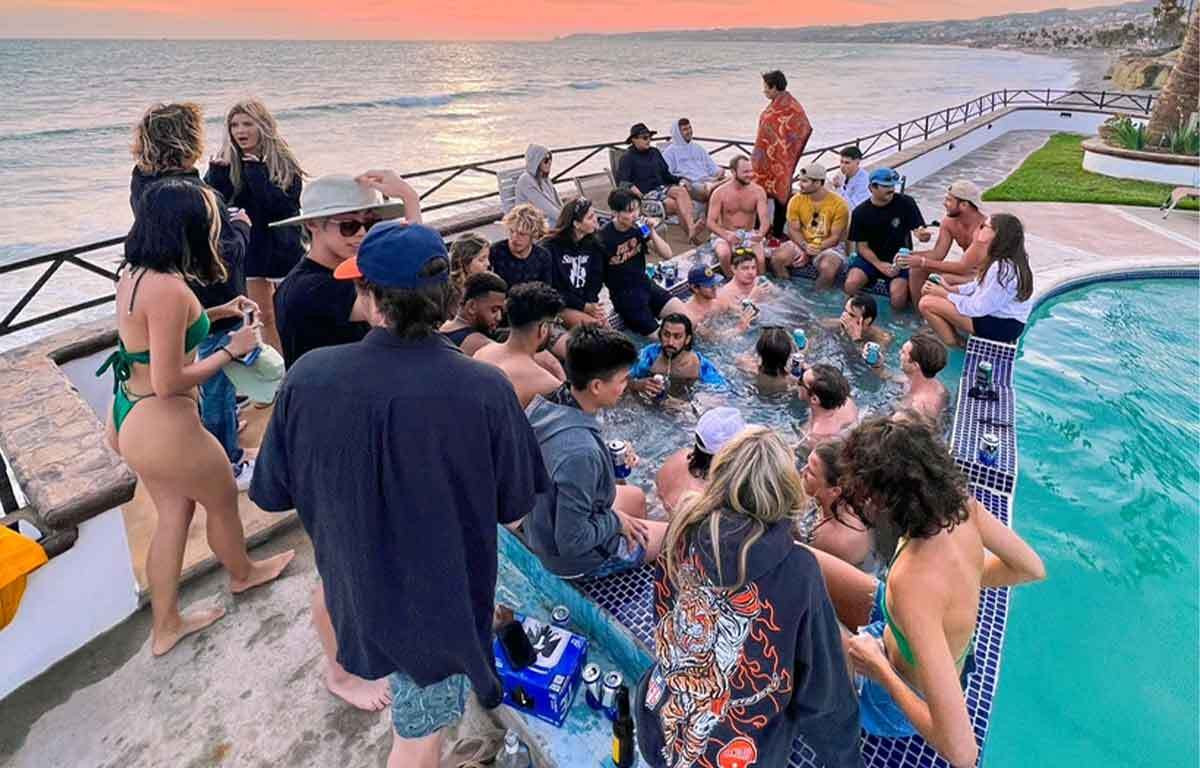 Hotels and accommodations in Baja California, Mexico
Hotels and accommodations in Baja California, Mexico
During my last Casa Playa stay, I woke to perfect waves breaking steps from my room. Five of us surfed empty a-frames while staff prepared breakfast. Maybe just luck, but Baja dreams often come true.
View this post on InstagramA post shared by JAY CROFT ⚡️🔋 (@jay_croft)
These are just a few favorites. Many more great options exist. Explore online, watch for roadside signs, and pull over if something looks interesting.
How to Cross Back into the U.S. from Mexico for Mexico Surfers
After epic Baja surf sessions, eventually you head north. But crossing back into the US via San Ysidro Port of Entry is a major undertaking. It’s the busiest border in the world. Lines can be a nightmare, a minimum two-hour wait is common unless timed perfectly.
However, you can ease the process. U.S. Customs website wait times can be unreliable. My rule: don’t head back before 9 PM. Late evening traffic thins out. Later is better.
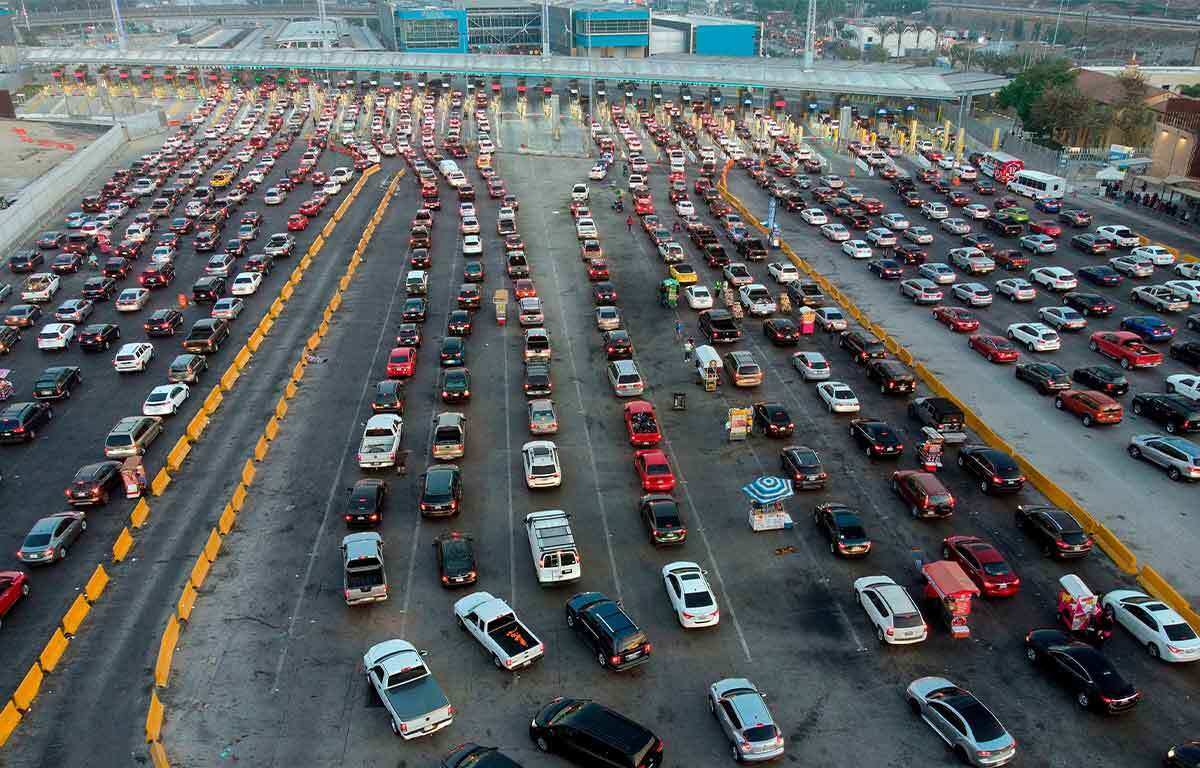 Long line at the Tijuana US border crossing
Long line at the Tijuana US border crossing
Crossing around 8 PM might mean a 2-3.5 hour wait, getting home before midnight. Crossing 1-3 AM can mean only a 15-minute wait (contradicting earlier safety advice). Pulling an all-nighter isn’t ideal, but later crossings are faster.
Morning people can stay overnight and cross before 8 AM. Weekday mornings are busy with Mexican commuters to the US. Weekend mornings between 5-7 AM might be okay.
Directions:
Two lanes for US reentry: Global Entry/Ready Lane (for everyone) and Sentri/Fast Pass Lane (requires extra documentation and membership). Distinguishing them is tricky, even for experienced travelers. Avoid entering the Sentri lane accidentally!
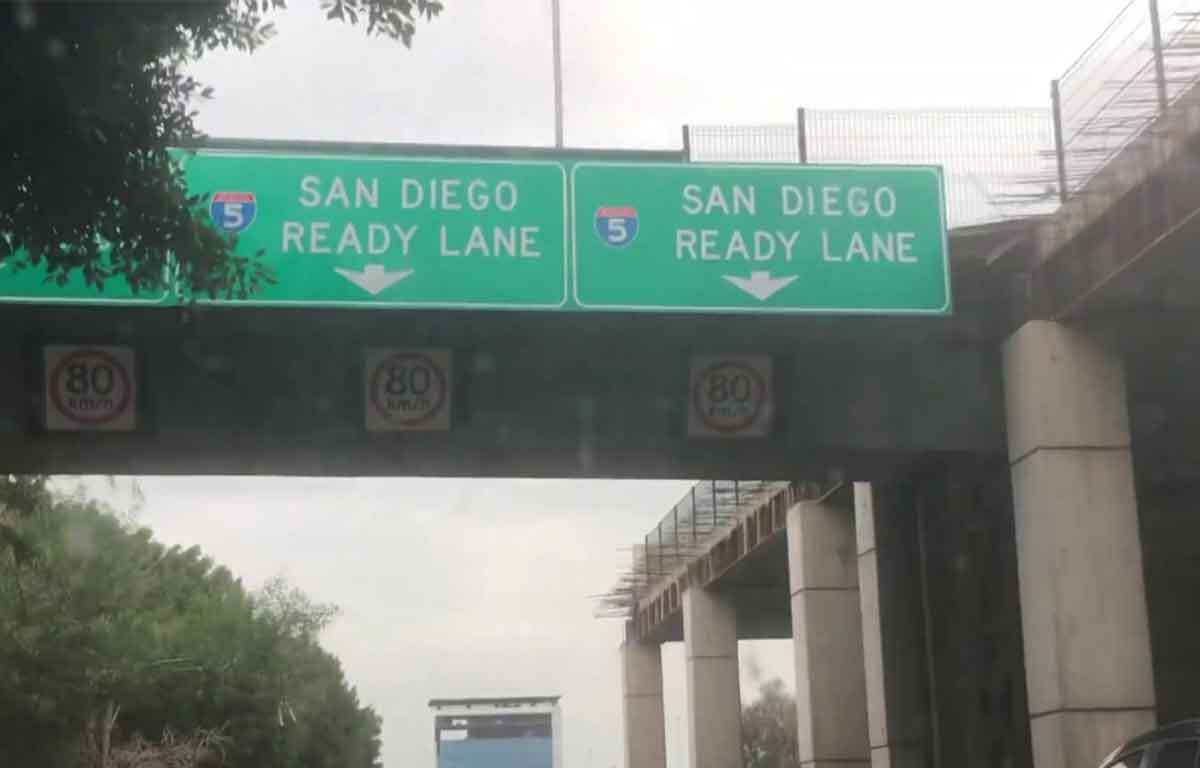 San Diego Ready Lane at the US-Mexico border
San Diego Ready Lane at the US-Mexico border
Accidentally entering Sentri can have serious consequences with US border patrol. Bribing is impossible. Fines can be $5,000 to $10,000 for repeat offenses.
I’ve mistakenly entered Sentri twice. Apologizing profusely and being respectful got me warnings. But it’s risky. Despite hefty fines, lane signage is poor. Be cautious with Google Maps, it often directs to the Sentri lane for the quickest route.
Once in downtown Tijuana, follow signs to “San Diego” and “I5”, then ditch GPS and follow road signs. If confused, circle around and try again. Exits come quickly, and it’s easy to get lost. Making it to the correct lane within five tries as a newbie is a decent achievement.
Not ideal advice? Discover Baja Travel Club has a detailed PDF with directions for this final hurdle. Use it with a passenger navigating.
Final Thoughts for Mexico Surfers
If you’ve read this far, thank you for your time. This guide should be valuable for your Baja adventures. Share it with a few friends, but keep it relatively quiet. Let’s enjoy amazing waves without turning Baja into another crowded surf destination.
See you out there,
Justin
